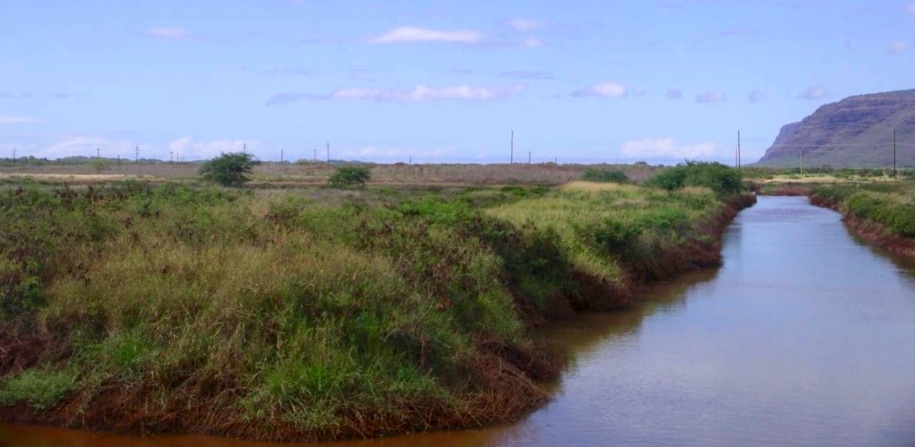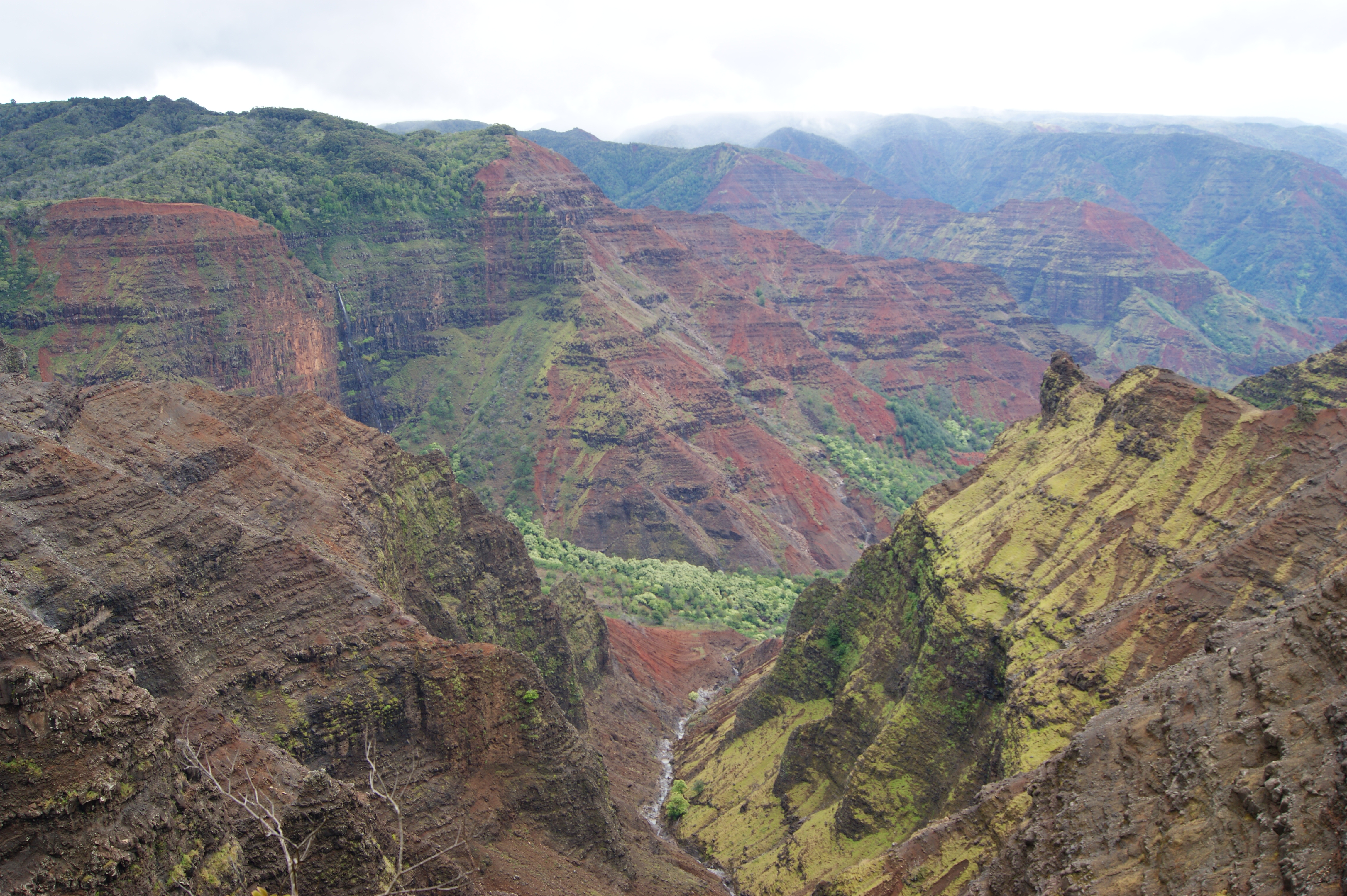
“Wow. Where do I begin?” said a stunned Mike Buck.
Buck, along with the rest of the state Commission on Water Resource Management (CWRM), had just heard state deputy attorney general Myra Kaichi suggest that members of the public wanting to join a site visit of the Koke`e and Kekaha irrigation systems must provide the state with some kind of indemnity, and perhaps even a doctor’s note. He and other commissioners seemed to think that was excessive.
On October 20 and 21, to better grasp the factors involved in a 2013 petition seeking to restore flows to streams that feed the Waimea River, the Water Commission plans to visit various ditches, stream diversions, pumping stations, hydropower plants, and a reservoir along the irrigation systems. But because some of those sites are difficult to access and require a four-wheel drive vehicle to reach, commission staff proposed last month that the commission vote to make the visit a “limited meeting,” which allows for the exclusion of the public.
Under the state’s Sunshine Law, the commission can exclude the public from a meeting held at a location that is dangerous to health or safety or that makes public attendance impracticable. Those meetings must be videotaped and the tape must be made available at the commission’s next regular meeting.
In this case, CWRM staff suggested that on each day of the site visit, public testimony be taken at the headquarters of the Kekaha Agriculture Association, which operates and maintains the irrigation system for the state Agribusiness Development Corporation (ADC).
Buck wanted to know whether the public would be excluded even from those portions of the site visit that are on public land and accessible via public roads.
“We’re not denying the public, we’re just not making accommodations for them?” he asked.
Earthjustice attorney David Henkin, representing the petitioner Poai Wai Ola, also said it wasn’t clear from the staff’s submittal if the visit would be open to the general public. He noted that the commission had already stated that the petitioner, at least, would be allowed on site visits.
Some of the sites are on “very, very rough roads,” he said, adding that “it’s going to be quite an effort to get to some of these sites, particularly ones in the valley.” However, he said, the Hukipo flume, where the KAA measures the amount of water leaving the watershed, was relatively accessible. The flume was not on the list of sites to visit, but Henkin encouraged the commission to add it.
Deputy attorney general Kaichi, who advises the ADC, stated that the agency wanted the public excluded for health and safety reasons. Should the public be allowed on the site visits, “we would like to be given some assurances,” she said.
“We would like to discuss with [CWRM] staff, do we want waivers from attendees, or a release of liability, insurance coverage? … Perhaps we don’t need a doctor’s certificate, but something from their primary care physician stating they are allowed to participate,” she said.
After Buck expressed his initial shock, he asked Kaichi whether she was talking about all the stops, even those on public land or public roads.
“Even the flumes?” he asked, adding that the ADC was only given management responsibilities (not ownership) over the system.
Kaichi clarified that the ditches had been set aside to the ADC, but not the government roads or the lands it manages.
“We have jurisdiction over the diversion areas,” she said.
Buck, a former administrator for the Department of Land and Natural Resources’ Division of Forestry and Wildlife, which manages land in the area, countered that the diversions are improvements on the land.
“I find your request kind of unbelievable. I don’t know where to begin,” he said.
Commissioner Jonathan Starr, who seemed to think Kaichi was suggesting the commissioners, not just the general public, must indemnify the ADC, said such a position was a “complete and total abuse of the public trust.”
“Keeping the public out. … I’m frankly amazed by that tack. I feel this is completely an abrogation of your duties for the state of Hawai`i. I feel this is an attempt to keep this process from occurring as it should,” he continued.
“I really think you should examine what your responsibilities are as a deputy AG and ADC should examine its responsibilities. … We have a right and an obligation to go there and understand this system,” he said.
Kaichi replied that she was not asking the commissioners to be excluded.
“ADC does not want the general public,” she said, adding that she did not agree with Buck’s suggestion that members of the public can attend if they have their own four-wheel drive vehicle. She said she did not object to the attendance of representatives from Earthjustice or the ADC “and our operators.”
Water Commission chair Suzanne Case reiterated Buck’s point that some of the sites to be visited are on public lands accessible by public roads.
“The public has a right to participate, but it’s not handicapped-accessible,” she said.
“I hear the commission,” Kaichi replied.
The question of whether or not the public would be allowed to visit any of the sites on public land, and who, exactly, would be allowed at the meeting, was never really answered when the commission voted to approve the limited meeting. Before the vote, Kaleo Manuel, a planner with the state Department of Hawaiian Home Lands, said that his agency would also like attend the site visit. The agency owns some of the land over which the irrigation system crosses.
— Teresa Dawson
For Further Reading
More background on the issues raised in this article and our cover story can be found in the following articles, available on our website, environment-hawaii.org:
- “Mediation Over West Kaua`i Stream Diversions May Hinge on Response to Information Request,” July 2015;
- Kaua`i Pumped Storage Project Wins Preliminary Approval of Land Lease,” December 2014.



Leave a Reply